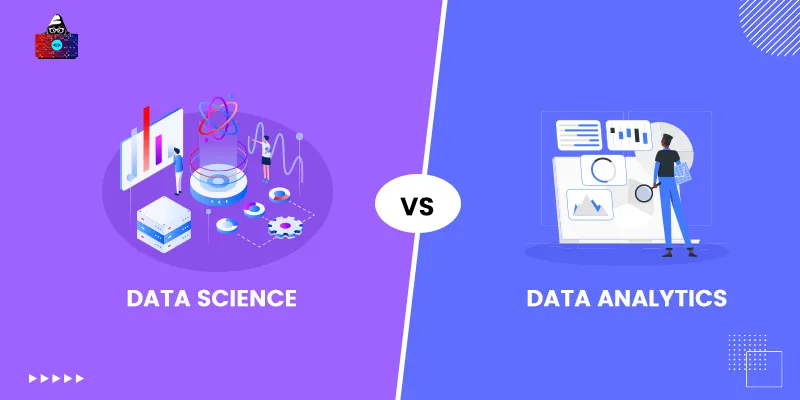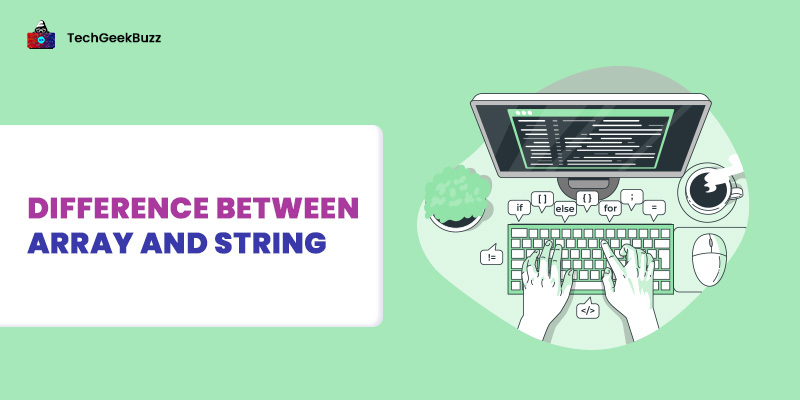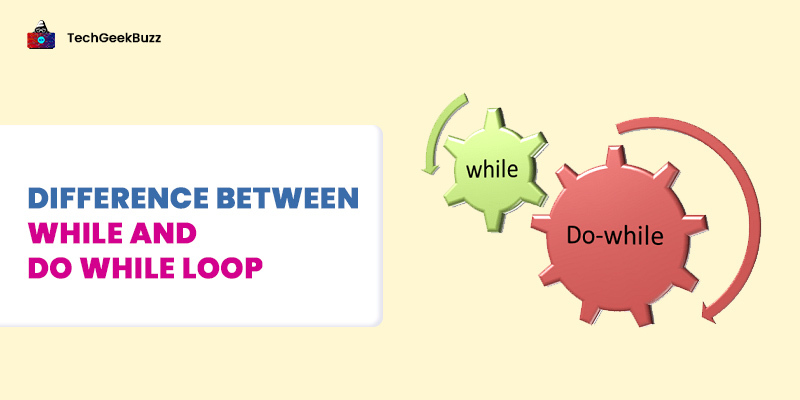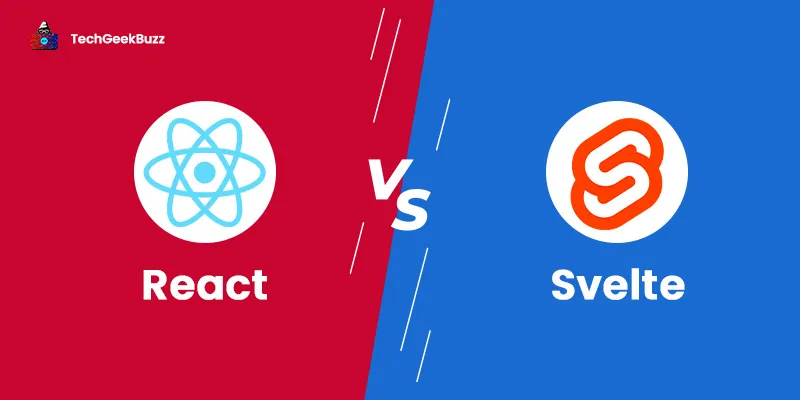Data science and data analytics, along with big data, have become buzzwords these days. Big data is a broad term and refers to voluminous and complex data sets generated from three primary data sources, namely social data, machine data, and transactional data.
The traditional data processing and analysis systems cannot handle such complex and voluminous data, and hence, data science and data analytics come into play. Here, we will discuss data science vs data analytics in detail.
Companies and organizations hire data scientists and data analysts as they aim to make the most out of big data. Therefore, data science and data analytics job roles have long-term career potential. Also, the rise of artificial intelligence and machine learning technologies opens up more career opportunities in the big data domain.
The terms data science and data analytics are used interchangeably and overlap with one another, but they are not the same thing.
In this article, we will discuss how data science and data analytics differ from each other, i.e., data analytics vs data science.
So, let us get started!
What is Data Science?
Data science is an interdisciplinary domain that uncovers actionable business insights from unstructured or raw data by combining statistics, specialized programming, and scientific methods, processes, and algorithms. It involves assembling and organizing data for analysis and processing, carrying out advanced data analysis , uncovering and presenting hidden patterns from the data, and deriving informed conclusions from it.
There are three major components of data science that are explained below:
- Statistics: It uses statistical methods and techniques to gather, analyze, interpret, and present data.
- Data Visualization: It focuses on representing data using different visual elements, such as graphs, maps, charts, and so on. The principal objective of data visualization is to present the information to audiences in an easily understandable form. Also, businesses and organizations leverage visual data to quickly make business decisions.
- Machine Learning: It involves the development of systems or machines that use past data to make future predictions using various machine learning algorithms.
Data Science Process
There are six phases in the data science process, namely discovery, data preparation, model planning, model building, operationalizing, and communication. Let us understand each of these phases:
-
Discovery:
This phase involves the collection of unstructured and structured data from different sources. Following are some sources for collecting data:
- Census data
- Data collected from social media
- Data streamed from online sources
- Logs from web servers
- Data Preparation: As the collected data is usually unstructured or raw, it may have missing values, duplicate values, incorrect data format, unnecessary information, and so on. Therefore, it is essential to clean the data and transform it into a consistent format. This happens in the data preparation phase.
- Model Planning: It involves understanding the nature of a problem, like regression or classification, and then choosing a suitable model. Also, the cleaned data undergoes Exploratory Data Analysis (EDA) and uncovers relationships between data variables.
- Model Building: In this phase, data scientists split data into two sets, namely training data and testing data. They apply classification, association, and clustering techniques to the training dataset. Once the model is prepared, it is validated against the testing dataset.
- Operationalizing: This phase of the data science process focuses on delivering the final model and deploying it in a real-time production environment after it undergoes testing.
- Communication: It involves communicating valuable findings from the data to stakeholders, i.e., presenting insights to stakeholders in the form of reports, charts, maps, and other forms of visualization.
The data science process is a comprehensive process that enables organizations to churn out actionable insights from vast amounts of structured and unstructured data.
What is Data Analytics?
Data analytics is a subset of data science. It focuses on exploring and analyzing vast volumes of data to uncover unseen trends and hidden patterns, find correlations, and draw conclusions to make informed business decisions. Data analysts are responsible for performing the data analytics process, and they use cutting-edge tools and technologies to analyze colossal data.
Data Analytics Process
Here is a brief overview of the different steps in the data analytics process:
- Understanding the Problem: The first step is to understand the business problem and determine the data requirements and grouping. Data grouping can be done based on various parameters, like gender, age, location, interests, and so forth.
- Data Collection and Organization: In this step of the data analytics process, data is gathered from heterogeneous sources, may it be offline or online. The next step after collecting data is to organize it in spreadsheets. Today, data processing platforms like Hadoop and Apache Spark are replacing spreadsheets.
- Data Cleaning: The collected data is inconsistent, disordered, and messy. This step involves cleaning data by removing unwanted and redundant information, missing values, and incorrect data to achieve a consistent format that is ready for analysis.
Data Science vs Data Analytics: A Head-to-Head Comparison
Let us now learn the major differences between data science and data analytics through the following data science vs data analytics comparison table:
| Data Science | Data Analytics |
| It is a multi-disciplinary domain that utilizes scientific processes, approaches, and algorithms to derive actionable insights from structured, unstructured, or noisy data. It includes machine learning, data analytics, statistical research, and artificial intelligence. | Data analytics is one of the crucial segments of data science that organizes, processes, and analyzes the data to find new or hidden patterns and derive conclusions out of it. |
| Data science involves collecting raw data, cleaning and organizing it, and sending it for analytics. | The input is generally the structured data on which data principles and data visualization techniques are employed. |
| It uses scientific programming tools and techniques to process big data. | It performs statistical and predictive modeling using relatively simple tools. |
| Data science is used in various sectors, including eCommerce, manufacturing, healthcare, finance, and transportation. | Data analytics is used in sectors like gaming, healthcare, and travel. |
| The objectives of data science are to identify business problems, create new algorithms and statistical models, collect and analyze raw data, and process collected data into something meaningful. | The principal goal of data analytics is to find the best solution to the given problem. |
Skills Required to Become a Data Scientist and a Data Analyst
As mentioned earlier, the big data domain offers a lucrative career and presents an array of job opportunities. Data scientist and data analyst are two popular job roles. Let us discuss individually the skills that are essential to becoming a data scientist and a data analyst.
Skills Required to Become a Data Scientist
To become a data scientist , one must have:
- Sound knowledge of SAS, R, Scala, and Python.
- Capability to deal with unstructured data originating from different sources.
- An in-depth understanding of machine learning and data wrangling.
- Hands-on experience with the SQL database.
- Experience working with data processing platforms, such as Apache Spark, Hadoop, and so on.
Skills Required to Become a Data Analyst
A data analyst must possess:
- Expertise in data visualization and data wrangling.
- Sound knowledge of R and Python programming.
- Hands-on experience with tools such as Tableau, Power BI, etc.
Data Scientist and Data Analyst Job Responsibilities
Many people get confused between the job responsibilities of a data scientist and data analyst, as they often overlap. A data scientist is responsible for cleaning, processing, and interpreting data and extracting actionable business insights from it by combining mathematical, machine learning, and statistical techniques.
On the flip side, a data analyst is responsible for uncovering hidden patterns and trends in the data and deriving conclusions from them. Let us now understand the job roles of a data analyst and a data scientist in detail.
Responsibilities of a Data Scientist
A data scientist is responsible for:
- Processing, cleaning, and validating the integrity of the collected data.
- Carrying out exploratory data analysis on huge datasets.
- Creating ETL pipelines and performing data mining.
- Using different machine learning algorithms, like Random Forest, Logistic Regression, Decision Trees, and so on, to perform statistical analysis.
- Scripting code for automation and building ML libraries.
- Using ML tools and algorithms to glean actionable insights.
Responsibilities of a Data Analyst
A data analyst is responsible for:
- Collecting and interpreting data and finding relevant trends and patterns.
- Performing data querying using SQL .
- Experiment with different types of data analytics, like descriptive analytics, predictive analytics, diagnostic analytics, and perspective analytics.
- Presenting the extracted information using various data visualization tools , like Tableau and IBM Cognos Analytics.
Conclusion
Data analytics and data science work extensively with data. Data science is the superset of data analytics, which encompasses multiple disciplines, like data analytics, machine learning, artificial intelligence, statistical research, and information science. Though data science and data analytics tread on a similar line, the roles of a data scientist and a data analyst are different. Before choosing any of these two paths, it is essential for you to understand the key differences between them.
We hope that this article on data analytics vs data science has helped you develop a good understanding of the responsibilities of a data scientist as well as a data analyst.
People are also reading:





Leave a Comment on this Post